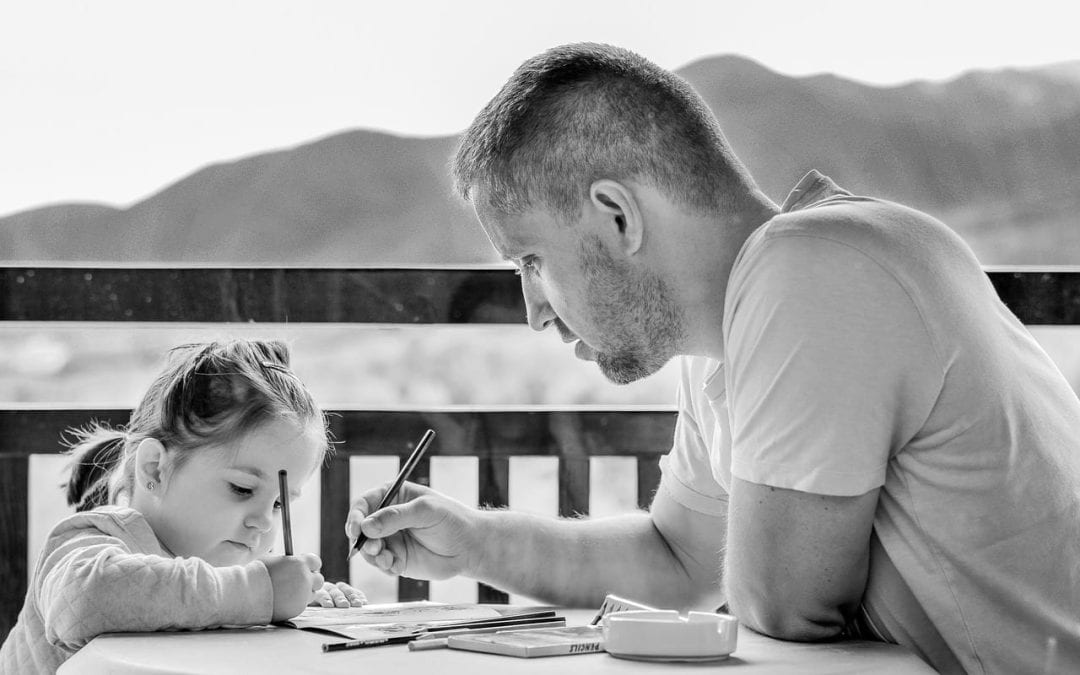Judy Dunn’s chapter “Understanding Feelings: The Early Stages” in The Child’s Construction of the World is fascinating. Dunn gives historical background on understanding children’s emotions and argues that the initial two ways of evaluating children’s intelligence are “…riddled with pitfalls…”. Dunn explain that giving a child experimental tasks to take the perspective of another and having children attempt to make inferences about another person’s feelings from their naturally occurring responses to other people does not simply work because it neglects a major factor in a child’s life, their family. She highlights the work of a 1984 study titled Young Children Learning by Tizard and Hughes that supports her idea that family significantly influences a child’s emotions. Dunn explains her thoughts on the study, “… if children are studied within their family world the picture that we gain of their intellectual power and curiosity is dramatically different from the studying the same children at school”(17 Dunn). Based on Dunn’s analysis of children and their families, a child’s discussion with family members shows that children want to discuss their feelings and use their understanding from those conversations for an extensive range of social functions. Dunn writes, “ … conversations about feelings states between children and their mothers and siblings showed that the children not only discussed the cause of their feelings… but also used their understanding of feeling states for an impressively wide range of social functions” (20 Dunn). Dunn’s ability to recognize and understand the range of social functions, including school, is enlightening. She ends the chapter with a warning. She writes “… unless we study these very young children within their family world we run the risk of gravely misrepresenting their interest in and abilities to understand feelings” (25 Dunn). Dunn highlights a gap within the current American educational system that is, one way to understand a student’s emotions in the classroom is to understand their interactions within their family. A current trend in Project Based Learning is centered on a students community to increase community interaction; however, there is no current educational plan centered around students’ families. As seen with Dunn, we need to fully understand a child’s emotions so the child can succeed in an educational environment, but in order to do so, there needs to be a study of the child’s own family. So, what if a community-based learning environment changed to one focused on the family?
Works Cited:
Bruner, Jerome S, and Helen Haste. Making Sense : The Child’s Construction of the World. Taylor & Francis, 2011. Preston Library, https://ebookcentral.proquest.com/lib/vmi/detail.action?docID=592930L. Accessed 5 Dec. 2022.


Good choice! Is this you in this picture?
More later.
“if children are studied within their family world the picture that we gain of their intellectual power and curiosity is dramatically different from the studying the same children at school”(17 Dunn).
Kaylee, I’m glad you decided on this selection. One question that always come up for me, and for other educators is how well children (even undergrads) transfer their experiences of home (prior knowledge, attitudes, habits of mind) to secondary literacy environments like elementary or high school. We hope that children will see these new learning environments as connective threads to what they bring from family life, but as bell hooks and others espouse, these experiences are often contrary. hooks escaped to school because there were no engaging horizons for her at home, whereas other children may not see school as a safe or positive influence for emotional growth.
One of the contemporary problems is that teachers have no social support in this respect. Guidance counselors are often pushing paper for graduation, and don’t get to know or advocate for students. This is a nationwide issue which states claim is budgetary, but I believe its about priorities, because we do have many students with unhealthy family environments, or on the other side, schools that don’t work to communicate with parents in a consistent way. Stylewise, just remember to italicize the book title. Great reading! MAJ Hodde